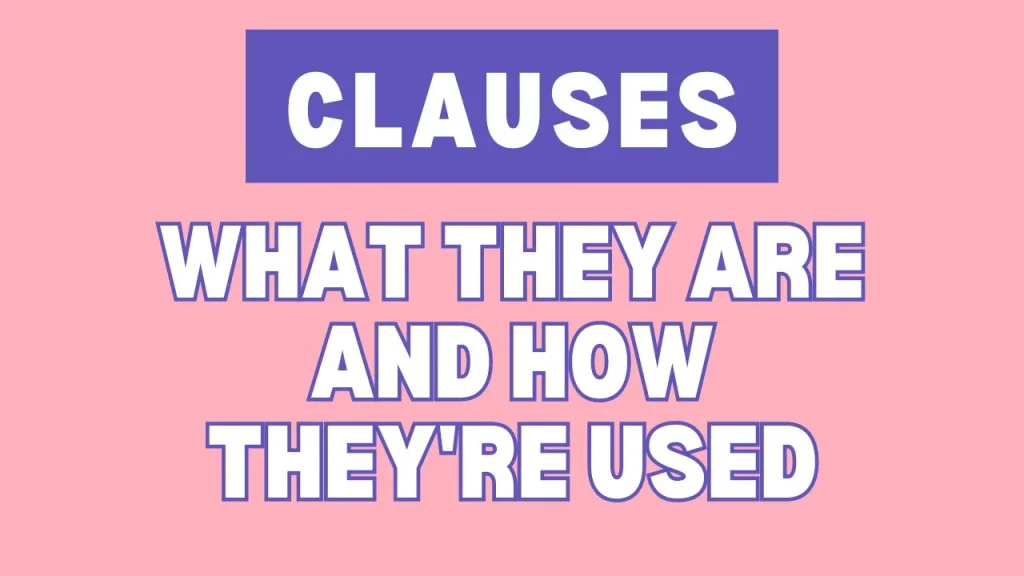
Clauses are fundamental components of grammar that play a crucial role in constructing sentences. Understanding what a clause is and how it functions is essential for effective communication and writing. In this article, we’ll delve into the definition of clauses and explore various use cases to illustrate their importance in language.
What is a Clause?
Clauses are the building blocks of sentences. They are groups of words that contain a subject and a verb that work together to express a complete thought.
Here’s a breakdown of the key points about clauses:
- Subject: The subject is the person, place, thing, or idea that the clause is about.
- Verb: The verb expresses an action or a state of being.
The relationship between the subject and verb is crucial for a clause to function. A clause can convey information about what the subject is or what it’s doing.
Types of Clauses
There are two primary types of clauses: independent clauses and dependent clauses.
Independent clauses: also known as main clauses, can stand alone as complete sentences. They express a complete thought and do not rely on other clauses to convey meaning. Here are some examples of phrases:
- The dog chased the frisbee.
- The cat sat on the mat.
On the other hand, dependent clauses, often referred to as subordinate clauses, cannot stand alone as complete sentences. They rely on independent clauses to form complete thoughts and function as part of a larger sentence structure. Dependent clauses can further be categorized into different types based on their functions within a sentence, such as noun clauses, adjective clauses, and adverbial clauses. Here are some examples of phrases:
- When the mail arrived, the dog barked excitedly.
- When the sun went down
- While I was eating
- Because it was raining
- The girl who lives next door
Use Cases of Clauses
Clauses are essential for creating complex and nuanced sentences. They allow us to combine multiple ideas into a single sentence. Here are some examples of how to use it in writing:
- To create compound sentences: Compound sentences are sentences that contain two or more independent clauses. They are joined by coordinating conjunctions (like for, and, nor, but, or, so, yet).
For instance:
- The cat sat on the mat, and the dog chased its tail.
- To create complex sentences: Complex sentences contain one independent clause and one or more dependent clauses. Dependent clauses are introduced by subordinating conjunctions (like because, since, although, while, unless).
For instance:
- Because the sun went down, it got chilly.
- To vary sentence structure: Using a variety of clause lengths can make your writing more interesting and engaging.
By understanding clauses, you can improve your writing by:
- Crafting clear and concise sentences
- Varying sentence structure
- Expressing complex ideas
All in all
In conclusion, clauses are essential components of grammar that facilitate effective communication and writing. Whether constructing complex sentences, or enhancing clarity and coherence, a firm understanding of clauses is indispensable for mastering the art of language.